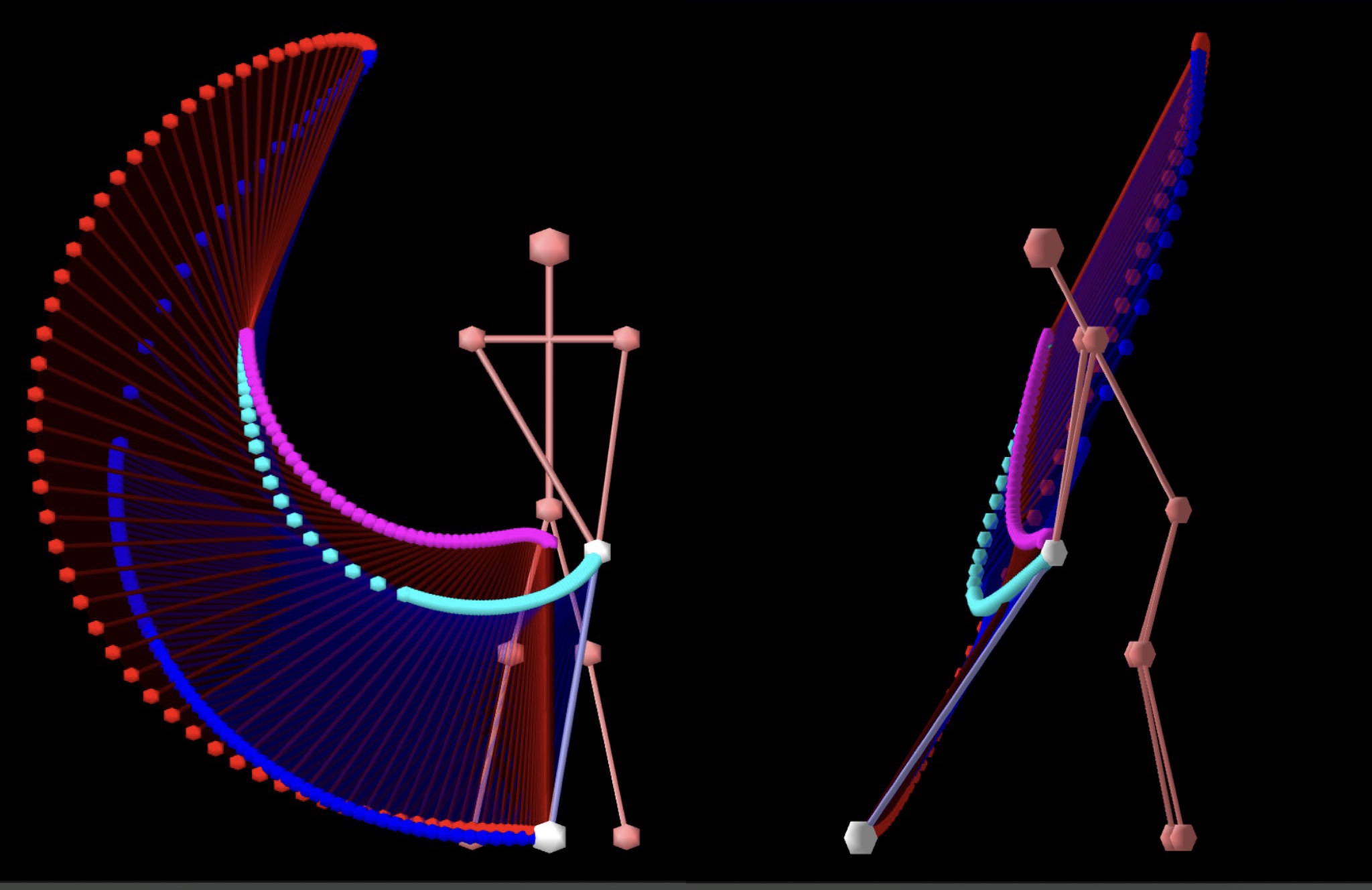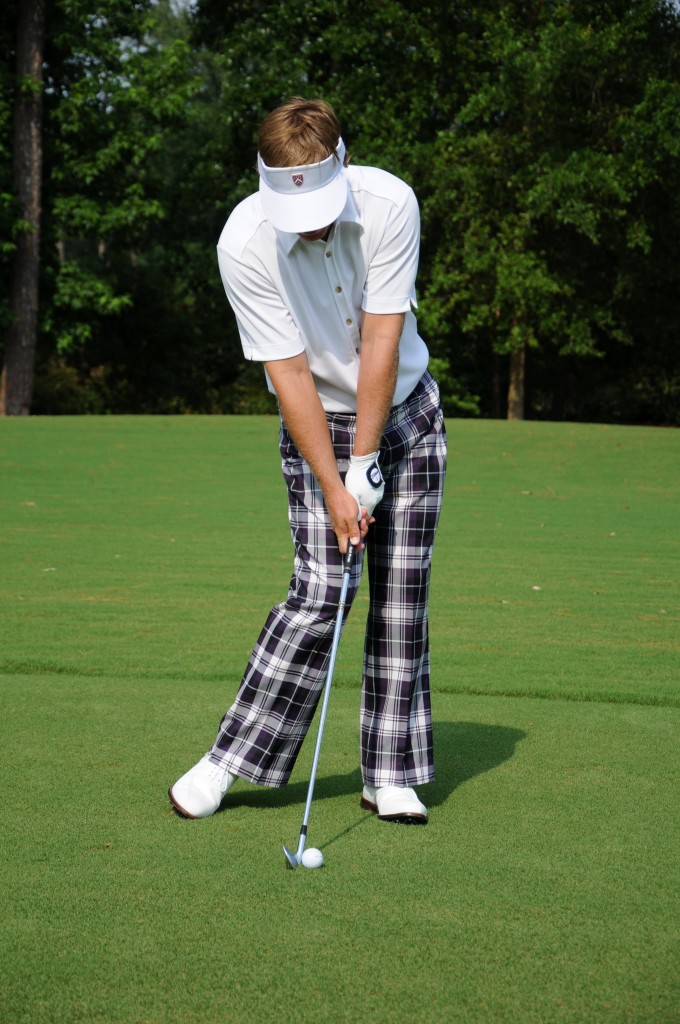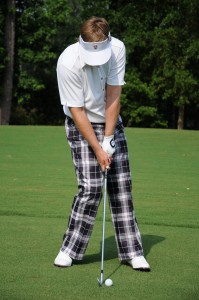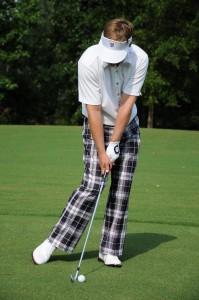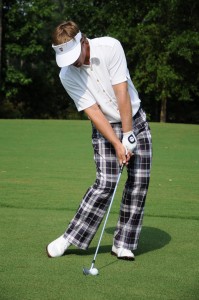How to Shallow the Club Properly
/The first question you should be asking is why on earth would anyone want to shallow the club? The primary reason is to stimulate some body/pivot rotation through impact in order to better manage the face angle. This leads to improved predictability. Watch this…
Watch for shallowing in a false fashion where the CLUBFACE becomes compromised leading to a flip through impact.
Watch for shallowing by tipping the spine away from the target where the PIVOT rotation becomes compromised.
A great take home exercise is to get in front of a mirror with a club (be careful!) and 1. Feel the wrist twist on the way down in order to position the clubface for success and 2. Feel the lead shoulder staying lower for longer in transition.
Create the right look, and it’s okay if it’s exaggerated, in front of the mirror and take the necessary feels with you to the practice ground.
Don’t spend an inordinate amount of time with the Wall Scraper Drill, but give it a half dozen attempts or so just to help with organizing the appropriate sense and feel for what a proper shallowing motion really feels like.
All the best and feel free to reach out should you have any questions. Thanks for watching/reading and I sincerely hope this helps your ball striking!
A properly shallowed downswing…



